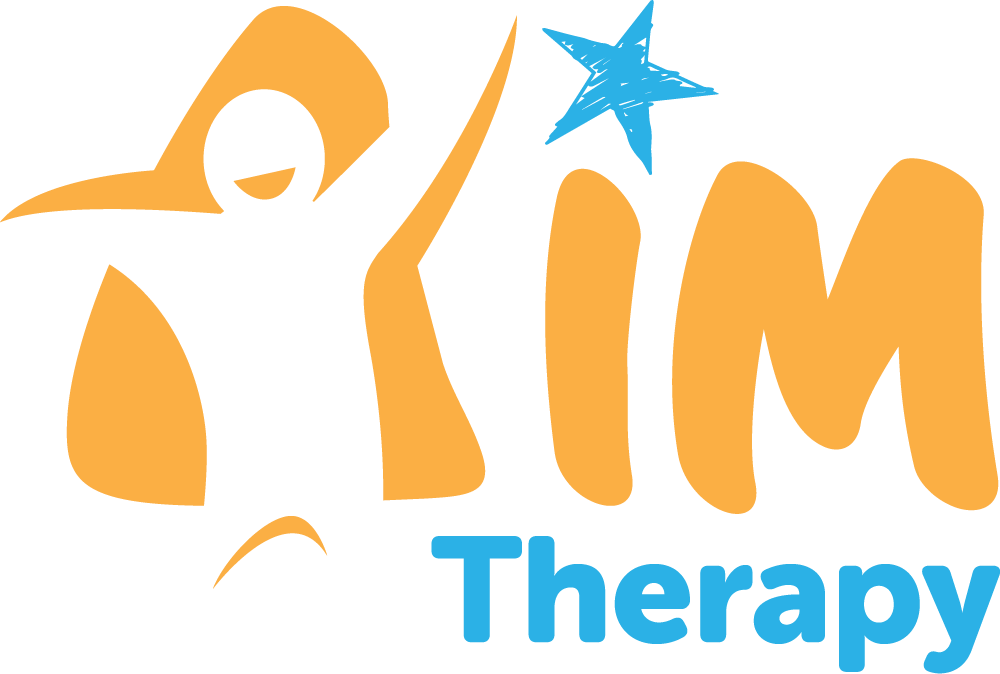Bilateral Integration
What is bilateral integration?
Bilateral Integration is the ability to use both sides of the body in a coordinated way. It is an essential foundation skill because it allows us to use our hands together constructively and purposefully to successfully complete activities and tasks that require both hands to be used together.
Coordination of both sides of the body leads to the acquisition of many gross and fine motor skills as well as the development of a dominant hand. Tasks which require bilateral integration are those such as cutting paper, fastening zips and buttons, sewing, catching, throwing and tying shoe laces, to name only a few.
Helpful Strategies to Develop Bilateral Integration:
- Remind your child to use their non dominant hand as a ‘helping’ hand to hold the page when drawing, writing or cutting.
- Use verbal prompts such as ‘Are you using your drawing hand?’…’Where has your helping/holding hand gone?’…’| like it when you hold your page with your other hand.’
- Put a stamp or star at the top left(for right handers) or top right( for left handers) corner of the page to remind them where their hand is meant to sit.
Helpful Activities to Develop Bilateral Integration:
- Encourage your child to use two hands together in the midline when playing. For example, playdough activities (holding rolling pin with both hands), puzzles, blocks, dolls, ball play, cooking etc…
- Practice using stencils, spirographs or rulers to further develop the use of two hands together in the classroom or at home.
- Use activities that require the use of two hands. For example, threading (beads, macaroni), nuts and bolts (undoing and screwing up), buttons, zips and other fastenings, Lego, Duplo etc…
- Play with balls, balloons and bats, using two hands to throw, catch, bat and bounce.
- Drawing around each hand with the other, or drawing around stencils, holding the stencil with one hand and pencil with the other.
- Swimming – This helps with overall body strengthening as well as developing good bilateral coordination throughout the body.
- Jumping, crawling, hopping, marching, skipping games. Also consider ball activities such as bouncing, catching, tunnel ball, throwing etc… Household activities such as sweeping, drying the dishes, making the bed.
In the classroom, try activities such as:
- Art activities (e.g. finger painting with both hands, rubber stamping or potato printing)
- Asking the child to clean the blackboard with both hands
- Handing out books
- Clapping to games
- Animal walks in transition (e.g. crab walk to the desk, bear walk to themat, frog jump outside to the playground etc…)
- Hopscotch in the playground
- Obstacle courses in the playground (use equipment such as hoops, balls, skipping ropes, balance beams etc…)
